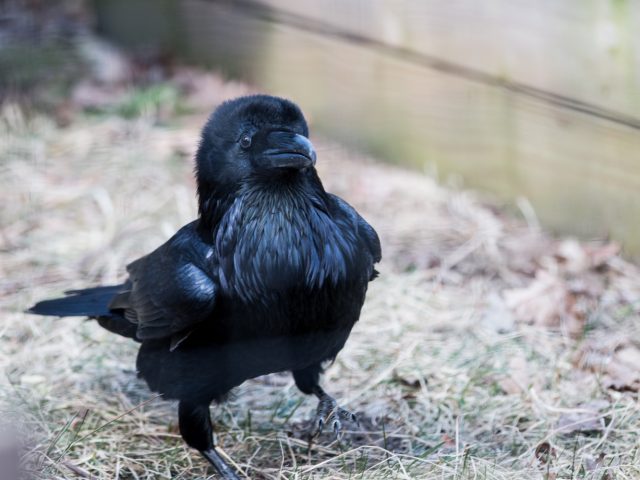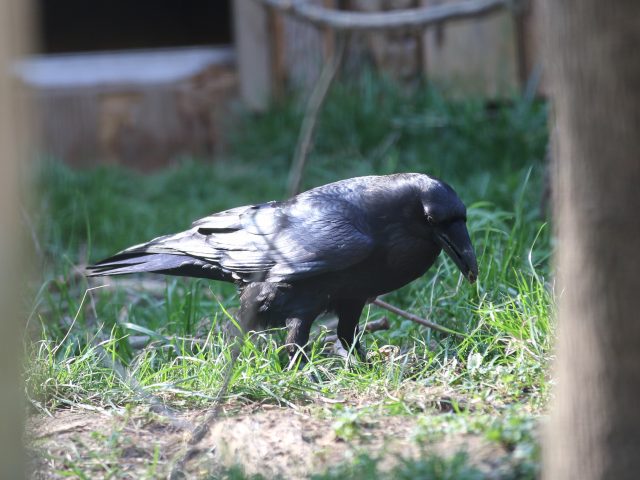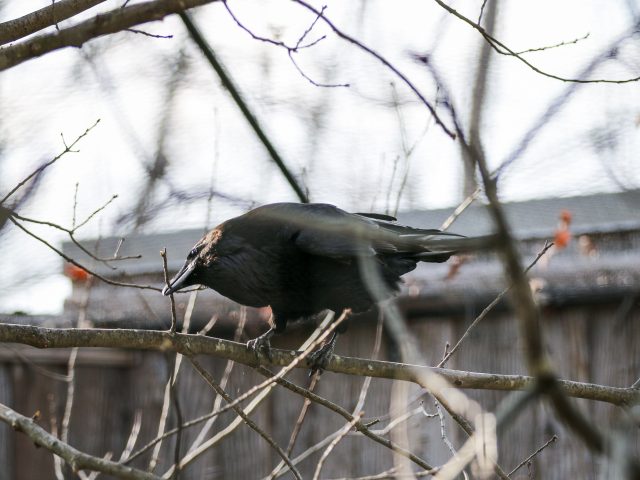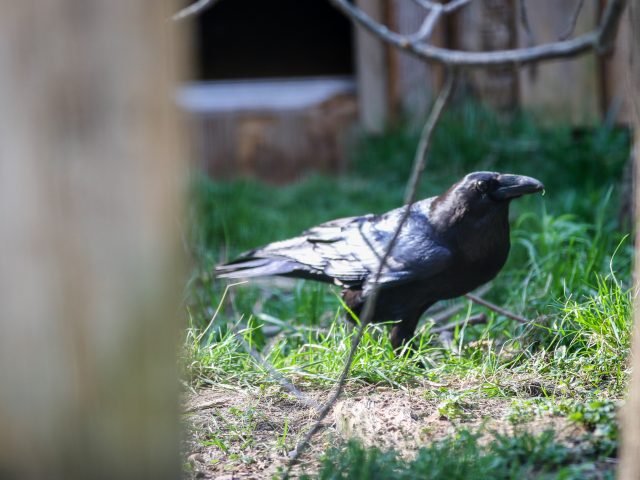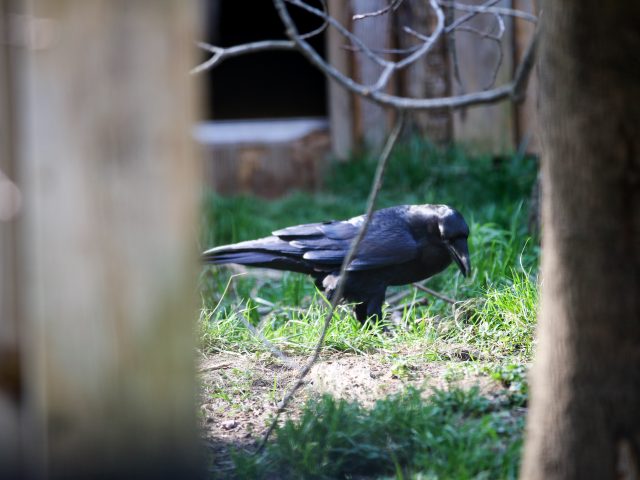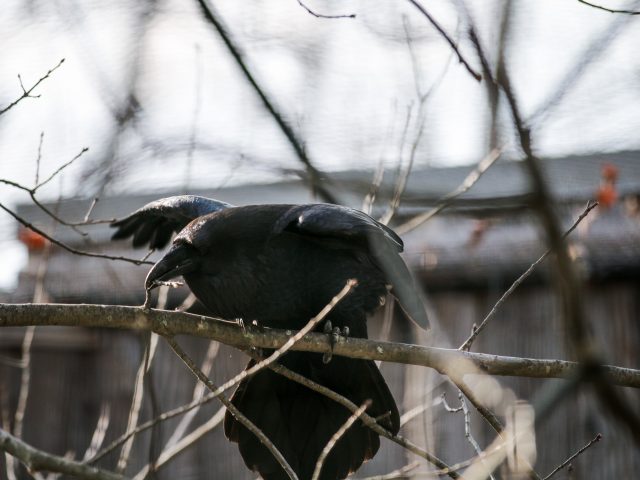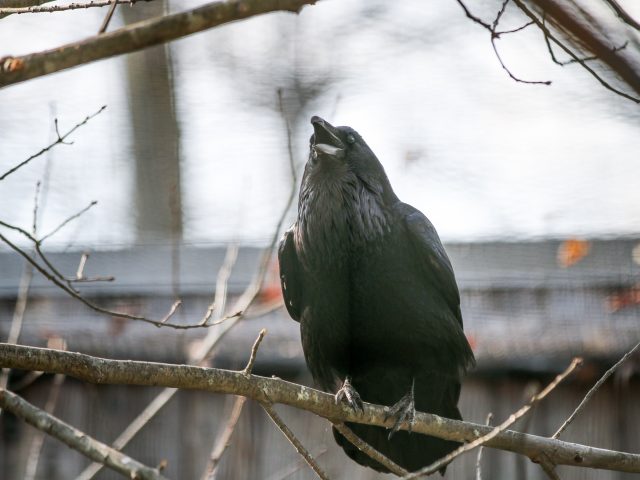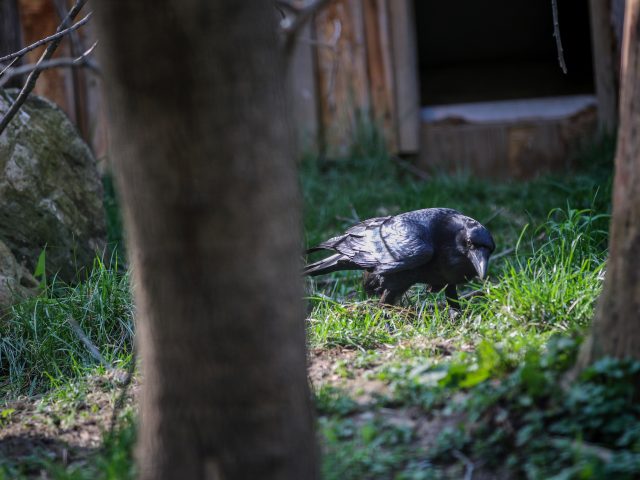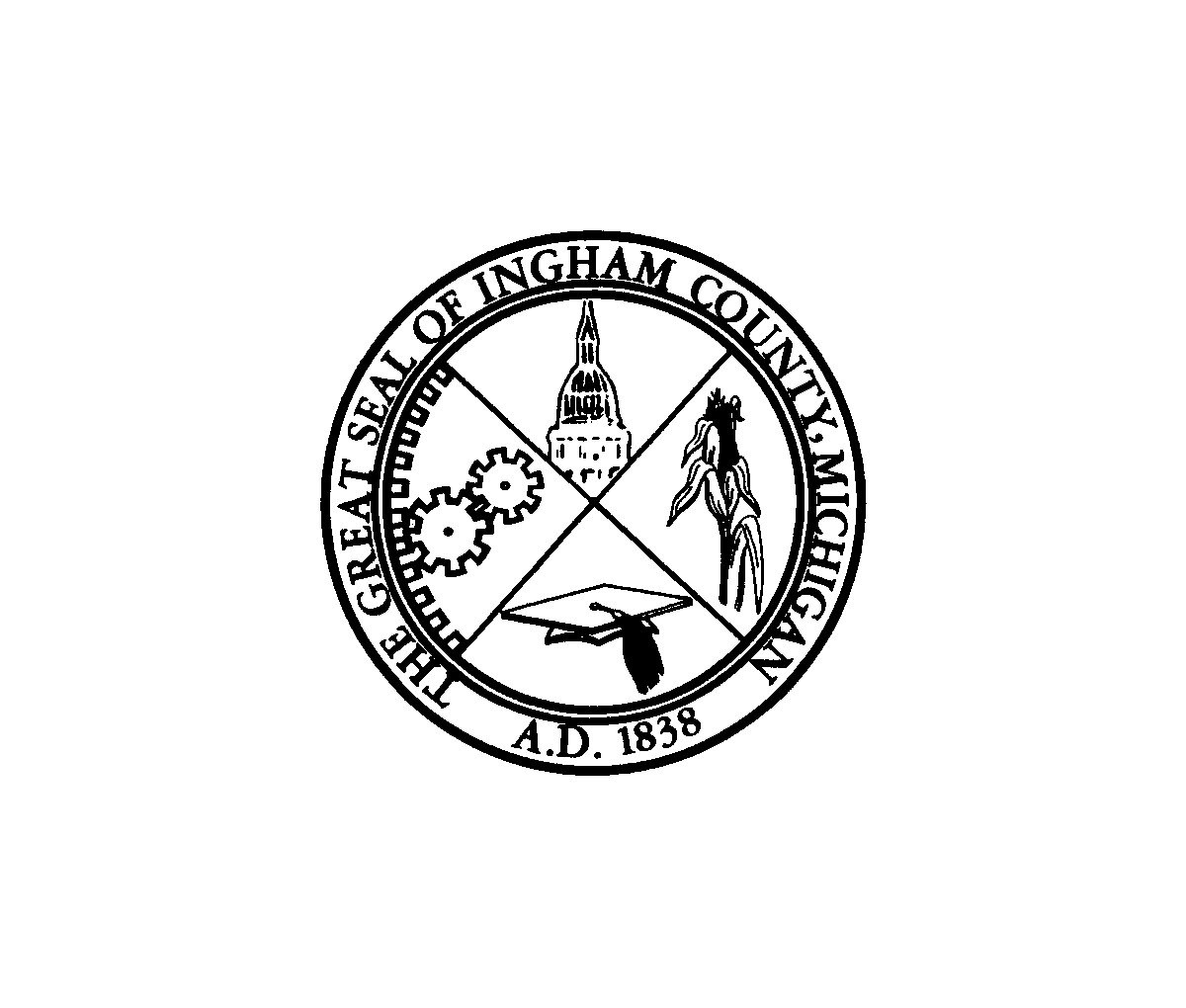Characteristics
Ravens are considered among the smartest in all bird species. In scientific studies, they have been able to solve complex problems. In nature, they are known to make and use tools – a skill once attributed only to humans and the great apes (chimps, orangutans, and gorillas).
Common ravens are entirely black, right down to their legs, eyes, and beaks.
When you see a “conspiracy” (group) of ravens, it usually means there is a large food source nearby, such as an animal carcass.
Our Animals
We have two ravens at Potter Park Zoo, our female, Lily, and our male, Rocky. You can find them in the Corvid Corner.
Corvidae
Birds of the Corvidae family are called corvids. They include more than 120 different species from almost every part of the world, including ravens, crows, jackdaws, rooks, magpies, treepies, coughs, and nutcrackers.
Most are non-migratory, meaning they stay in one location throughout their lives.
Corvids can be large and have somber appearances like ravens and crows, or be smaller and colorful like the green jay or the western scrub-jay.
Examples of Corvidae include:
- Black-billed magpie (Southwestern U.S. into Central America)
- Spotted nutcracker (Across Northern Europe and Asia)
- Green jay (Southern Texas into Central America)
- Western scrub-jay (Western U.S.)
Is it a Crow or a Raven?
Crows and ravens are often confused. Here are some ways to tell them apart:
American Crow
- Straight, moderately large bill
- Rounded tail
- Smooth neck feathers
- Sound: caw, caw
- Flight: Consistent flapping
- Flocks: Groups or large flocks
- Length: 20″ Wingspan: 36″
Common Raven
- Very large bill
- Diamond-shaped tail
- Long, shaggy neck feathers
- Sound: deep, croaking
- Flight: Soaring/aerobatics
- Solitary or pairs
- Length: 27″ Wingspan: 46″
